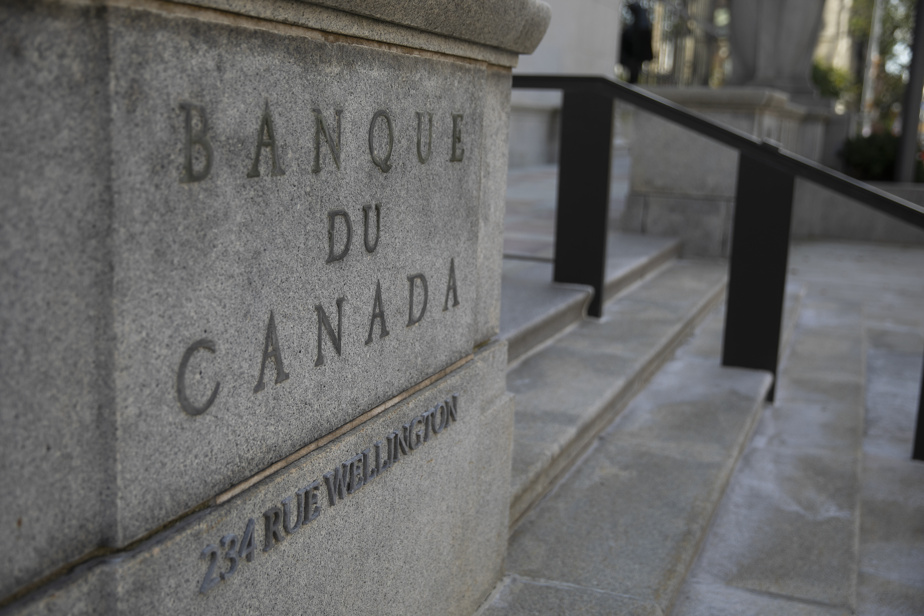(Montreal) The inflation rate is at its highest level in several decades, but the situation is different from what it was in the 1970s, when high prices were accompanied by high levels of unemployment and slow or negative economic growth, the Deputy Governor of the Bank of Canada confirmed on Thursday.
Posted at 12:40pm
In a speech in Montreal to the Association of Quebec Economists, Tony Gravel noted that a “storm of factors” had helped fuel inflation as the strength of the economic recovery, supply chain disruptions and the Russian invasion of Ukraine combined drove prices up. .
However, Gravelle notes that the economy is “running full steam” as the quarterly growth rate in the economy in the second half of last year was 6% year over year.
The deputy governor also indicated that the unemployment rate was 5.2%, while it averaged about 8.0% from 1976 to 1982.
“We are far from reviving the 1970s,” he said in the transcript of his speech, which was published in Ottawa.
According to Mr. Gravelle, the bank expected inflation to average around 6.0% in the first half of the year, but with March’s reading, which came in higher than expected, it is likely to revise its forecast.
The Bank of Canada last month raised its key interest rate by half a percentage point to 1.0% in an effort to help curb inflation. The central bank also warned that more increases are to come.
“The economy is showing clear signs of overheating and labor markets are very tight. You also have this inflationary mix of global turmoil and shifts in consumer preferences,” Gravel said.
“All this shows that at 1.0%, the headline rate is stimulating economic activity too much, especially with inflation well above the upper end of the target range.”
Another difference between now and the 1970s, Gravel noted, lies in the inflation-targeting agreement that the Bank of Canada has with the federal government. He said the monetary policy framework, which was first adopted in 1991, helped keep inflation rates and future inflation expectations low.

“Subtly charming problem solver. Extreme tv enthusiast. Web scholar. Evil beer expert. Music nerd. Food junkie.”

